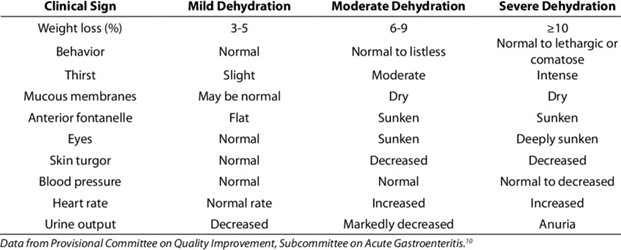A nurse is making a discharge teaching plan for a client who is taking digoxin and furosemide. Which of the following foods should the nurse instruct the client to consume?
Bananas
Green beans
Blueberries
Cucumbers
The Correct Answer is A
Bananas: Bananas are a suitable choice for a client taking digoxin and furosemide. Digoxin is a medication commonly prescribed for heart failure and certain heart rhythm disorders, and maintaining adequate potassium levels is important while taking this medication. Bananas are a good source of potassium and can help prevent or correct low potassium levels (hypokalemia), which can be a potential side effect of both digoxin and furosemide.
Green beans: Green beans can be included in the client's diet when taking digoxin and furosemide. While they are a healthy vegetable choice, they do not have a direct impact on the potassium levels affected by these medications.
Blueberries: Blueberries are a nutritious fruit choice, but they do not have a specific relevance to the client's medication regimen of digoxin and furosemide. They can be part of a balanced diet but are not specifically recommended or contraindicated in this context.
Cucumbers: Cucumbers are a refreshing vegetable choice, but they do not have a direct impact on the potassium levels affected by digoxin and furosemide. While maintaining hydration is important, other foods would be more relevant for addressing potassium needs.

Nursing Test Bank
Naxlex Comprehensive Predictor Exams
Related Questions
Correct Answer is D
Explanation
Throat cancer and radiation therapy can cause various side effects, including nausea, stomatitis (inflammation of the mouth), and weight loss. In this situation, it is important to focus on nutritional support and addressing the client's symptoms.
Selecting foods high in protein is recommended for this client. Protein is essential for tissue repair and maintaining muscle mass, which is crucial for recovery and preventing further weight loss. Foods high in protein include lean meats, poultry, fish, dairy products, eggs, legumes, and tofu. The nurse can work with a registered dietitian to develop a meal plan that incorporates protein-rich foods while considering the client's preferences and any specific dietary restrictions.
Regarding the other options:
● Increase intake of liquids at mealtime: While it is important for the client to maintain hydration, increasing liquid intake at mealtime may contribute to a feeling of fullness and exacerbate nausea. It is generally recommended to consume liquids between meals rather than with meals.
● Serve foods hot: Serving foods hot may not directly address the client's symptoms. The temperature of the food is unlikely to alleviate nausea, stomatitis, or weight loss.
● Consume foods high in fat content: Foods high in fat content may be difficult to tolerate for a client experiencing nausea and stomatitis. Additionally, focusing on increasing protein intake is generally a higher priority than increasing fat intake for a client experiencing weight loss
Correct Answer is D
Explanation
A urine output of 20 mL/hr is considered to be low and suggests decreased fluid intake or fluid loss. In a postoperative client with an indwelling urinary catheter, a low urine output may indicate dehydration, especially if the client is not receiving adequate fluids or experiencing excessive fluid loss.
BUN 15 mg/dL: Blood urea nitrogen (BUN) is a laboratory value that reflects the amount of urea nitrogen in the blood and can be used to assess kidney function and hydration status. A BUN level of 15 mg/dL falls within the normal range, indicating that the client's kidneys are adequately removing urea from the blood. However, it does not provide definitive information about hydration status on its own.
Blood pressure 150/82 mm Hg: The blood pressure reading of 150/82 mm Hg does not provide specific information about hydration status. It is important to consider the client's baseline blood pressure, medical history, and other factors when interpreting blood pressure readings.
Urine specific gravity 1.010: A urine specific gravity of 1.010 falls within the normal range and does not indicate dehydration. It suggests that the concentration of solutes in the urine is within the expected range.

Whether you are a student looking to ace your exams or a practicing nurse seeking to enhance your expertise , our nursing education contents will empower you with the confidence and competence to make a difference in the lives of patients and become a respected leader in the healthcare field.
Visit Naxlex, invest in your future and unlock endless possibilities with our unparalleled nursing education contents today
Report Wrong Answer on the Current Question
Do you disagree with the answer? If yes, what is your expected answer? Explain.
Kindly be descriptive with the issue you are facing.
